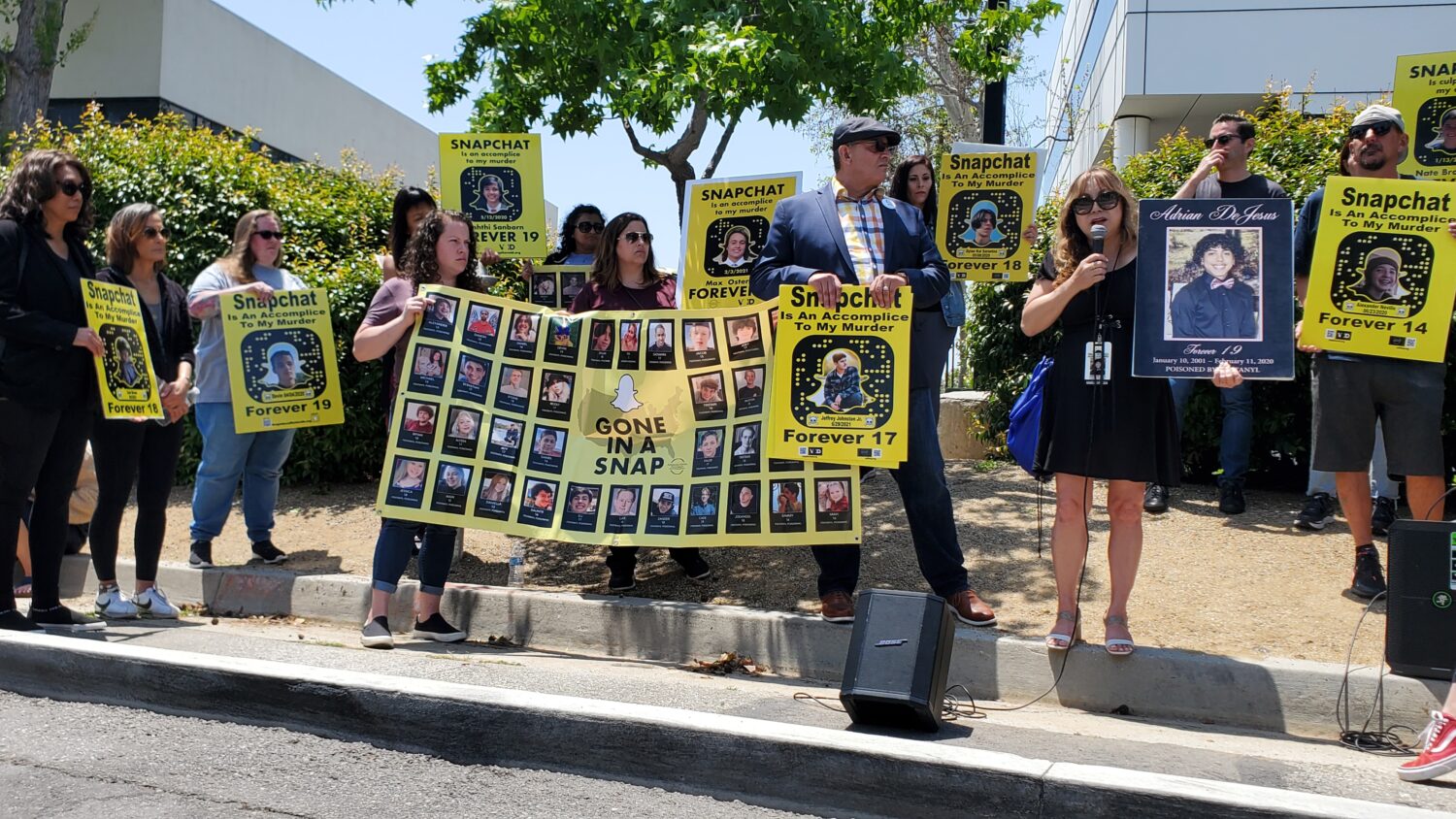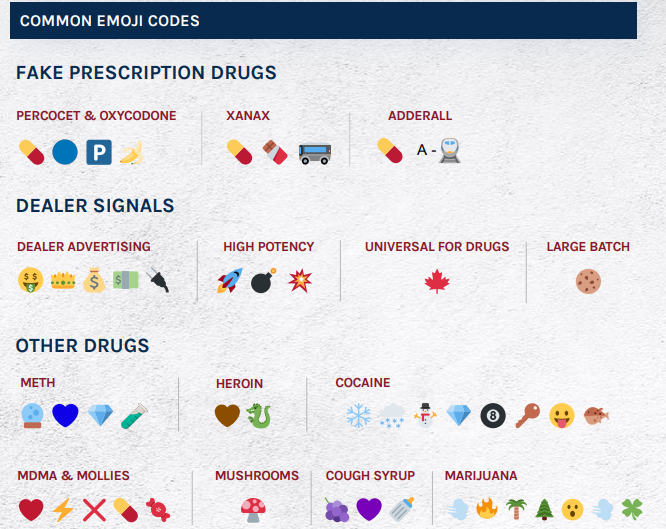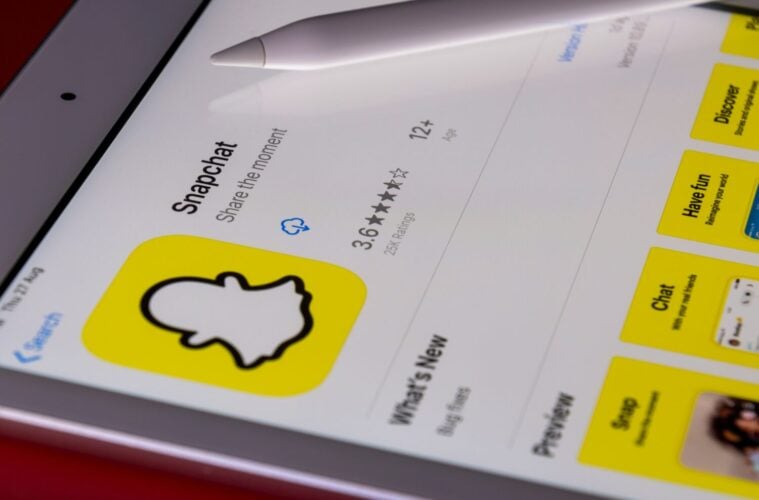Snapchat’s foundation was built on sharing messages privately and having them disappear instantly. You could take a photo or video, write a message over it, and send it to any person in the world, knowing it would disappear after viewing. That level of privacy, however, has had Snapchat under fire for being a hotbed of illegal activity that can be conducted without a trace.
That is, at least, what is argued in Neville vs. Snap Inc., the lawsuit that has haunted the social media company since the end of 2022. The 216-page lawsuit details the stories of multiple families across the country who link the overdose deaths of their children, to Snapchat and its secretive form of communication.
The families have joined forces not only through the lawsuit but often in person outside Snapchat Inc. Headquarters in Santa Monica, pleading for changes in the app.
In May 2023, Amy Neville helped organize one of those protests, as family members, many of whom are now short one member, spoke about social media lacking accountability, as they felt the app provided a platform where teens can find ways to access drugs discretely.
The drug that took the lives of these children, as well as thousands of others across the U.S., was Fentanyl.

Families gather outside of Snapchat HQ in a 2023 protest against the company’s privacy settings. (Isai Rocha/L.A. Weekly)
Neville started the Alexander Neville Foundation, named after her son, after his overdose death in 2020. Using Snapchat to communicate with a dealer, there was little trace of what Alexander was doing. On June 23, 2020, Amy found Alexander lying unresponsive in his beanbag chair. Initially believing Alexander was using Oxycontin, she later learned the drugs were laced with fentanyl. Since then, Neville has worked to raise awareness of fentanyl use and is a key name in the lawsuit against the social media app.
“They duped us from the start,” Neville told L.A. Weekly. “We think we’re doing the right thing as parents. At the end of the day, these kids are smarter than us and these apps are designed for deception from the start, so it makes it really easy to not know from the start what’s really going on. We spot-checked Alexander’s social media, but no one was talking about the ‘Drug emoji code.’”
The drug emoji code Neville mentioned is now recognized by the Drug Enforcement Administration (DEA) and shows various emojis that are used to communicate the want for illegal drugs. From the standard pill emoji used to communicate wanting to purchase Xanax or Percocets, to rocket ship emojis used to ask for “high potency” drugs, the language for drug dealing has changed over the years. The dealers themselves may use an electric plug emoji, or bag of money emoji to give notice of their intent to sell on social media and chat platforms.
“Fake prescription pills, commonly laced with deadly fentanyl and methamphetamine, are often sold on social media and e-commerce platforms – making them available to anyone with a smartphone,” the DEA writes in its online guide to decoding emojis, all part of its “one pill can kill” campaign.

(Courtesy of the DEA)
The threat of fentanyl has been addressed both locally and federally. In 2022, the Los Angeles Unified School District (LAUSD) made Narcan available in all of its schools, after a string of overdoses killed multiple students.
“We have an urgent crisis on our hands,” LAUSD Superintendent Alberto M. Carvalho said. “Research shows that the availability of naloxone along with overdose education is effective at decreasing overdoses and death–and will save lives. We will do everything in our power to ensure that no other student in our community is a victim to the growing opioid epidemic. Keeping students safe and healthy remains our highest priority.”
U.S. President Joe Biden also spoke on fentanyl deaths in the country, saying that putting a stop to the epidemic was a priority for the administration, requesting $1.5 billion to curb drug trafficking, treat addiction and take overdose prevention measures across the country.
“Fentanyl is likely the No. 1 killer of Americans age 18-45 and it’s an issue that’s hurting families in every state across the nation,” Biden said in November 2023. “Curbing this crisis is something that every American can get behind, Democrat and Republican. We’re working intensely to address this threat from every angle that we can pursue.”
The lawsuit claims that Snapchat is responsible for thousands of fentanyl deaths and accuses the app of being used as an “open-air drug market.”
While apps such as Instagram have recently incorporated a Snapchat-style disappearing message feature for users, the lawsuit claims Snapchat is the app of choice for dealers who are looking to sell drugs online discretely.
The lawsuit points to multiple interviews and leaked emails from Spiegel and his co-founder Bobby Murphy, pointing to an early press release, when Snapchat was still known as Picaboo, where Murphy alluded to the ability of sexual messages to be sent between couples without worry of them being saved.
“Picaboo lets you and your boyfriend send photos for peeks and not keeps! the 2011 press release said.
Snap Inc. has acknowledged some of the issues of illegal activity taking place on its app, saying it has taken measures to spot drugs, blocking 2.2 million pieces of drug-related content and more than 700,000 accounts that were traced to this activity.
“When we take action on illegal or potentially harmful content, we also retain the evidence for an extended period, which allows us to support law enforcement and help hold criminals accountable,” Snap Inc. CEO Evan Spiegel said during a hearing about illegal online activity with the U.S. Senate Committee of the Judiciary on January 31. “To help prevent the spread of harmful content on Snapchat, we approve the content that is recommended on our service using a combination of automated processes and human review. We apply our content rules consistently and fairly across all accounts. We run samples of our enforcement actions through quality assurance to verify that we are getting it right. We also proactively scan for known child sexual abuse material, drug-related content, and other types of harmful content, remove that content, deactivate and device-block offending accounts, preserve the evidence for law enforcement, and report certain content to the relevant authorities for further action.”
View this post on Instagram
Spiegel added that with all of its efforts to collaborate with law enforcement and stop illegal activity, “bad things can still happen.” With parents present at the Senate hearing, including Neville, the Snap co-founder then “encouraged” them to use parental controls that are available on mobile devices. Days later, Snapchat released a story about parents struggling to monitor their children’s online use, which Neville said she had no doubt was an indirect shot at the families involved in the lawsuit.
“With the lawsuit right now, I’m sure they have to do everything they can to kind of push back at us without completely insulting us, because then they would look horribly insensitive,” Neville said.
In January, Snapchat also announced its efforts to expand parental controls, allowing parents to have access to their teen’s Snap stories, which are generally visible to friends, as well as the ability to view their “Snap Map” which shows their location. Snapchat also makes it so that children between the ages of 13 and 18 are automatically enrolled in parental controls by default.
“It sounds great when Snapchat talks about it, but who really knows?” Neville said. “At the end of the day, no one’s allowed to look at that stuff other than Snapchat, to know if it’s working, if it’s impractical, how many people are using it. They don’t tell us that. We have to take Snapchat’s word for it and we’re in a time where their word is no good.”
With all the measures Snapchat has taken over the past three years, there are still no parental controls over its key feature, which is to privately send a photo or video that disappears after viewing.
“Snap could use its considerable technological and business resources to shut Snapchat’s door to drug dealers,” the lawsuit reads. “Instead, it has chosen to brush off the obvious safety defects in its products, downplay how its policies and practices put kids at foreseeable risk of grievous harm and death, and callously tell grieving parents that they have no recourse for Snapchat’s role in their children’s deaths.”
In February, the city of New York announced a lawsuit against Snapchat Inc., Meta Inc. TikTok and YouTube, drawing concerns about app tactics used to “manipulate and addict” minors, causing harm to their mental health.
“Over the past decade, we have seen just how addictive and overwhelming the online world can be, exposing our children to a non-stop stream of harmful content and fueling our national youth mental health crisis,” Mayor of New York Eric Adams said. “Our city is built on innovation and technology, but many social media platforms end up endangering our children’s mental health, promoting addiction, and encouraging unsafe behavior. Today, we’re taking bold action on behalf of millions of New Yorkers to hold these companies accountable for their role in this crisis, and we’re building on our work to address this public health hazard. This lawsuit and action plan are part of a larger reckoning that will shape the lives of our young people, our city, and our society for years to come.”
The alleged addictive nature of the apps drew comparisons to cigarettes, and Mayor Adams called on the companies to “take responsibility” and make the apps “safe for youth mental health.”
While Neville vs. Snap Inc. will likely continue to live through 2024, a key change that the Neville family and others hope for is independent third-party auditing of Snapchat.
The lawsuit itself states to seek compensation and punitive damages for the plaintiffs and seeks for Snapchat to have a more stringent age verification process.
“Sure, I think they’re doing something. They’re doing the minimum they could get away with, Neville said. “I just wish they would do it, make the changes already.”
Advertising disclosure: We may receive compensation for some of the links in our stories. Thank you for supporting LA Weekly and our advertisers.

